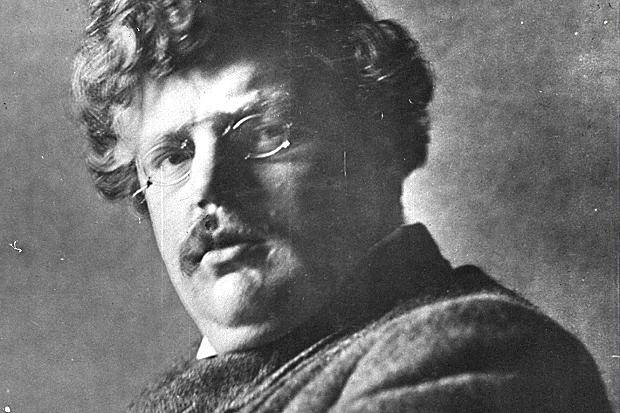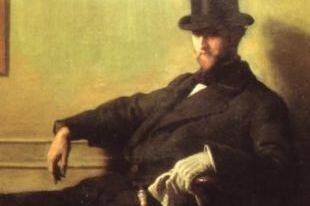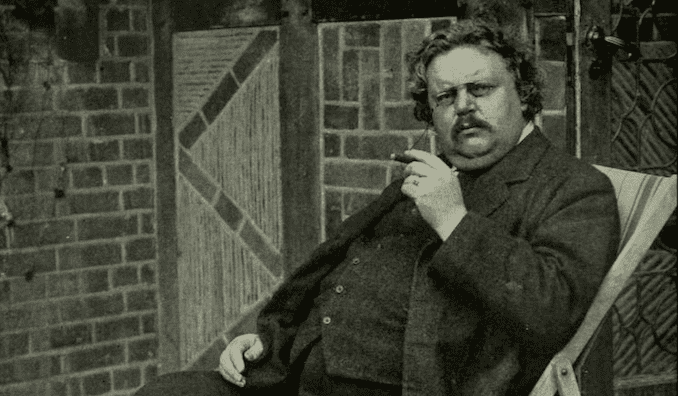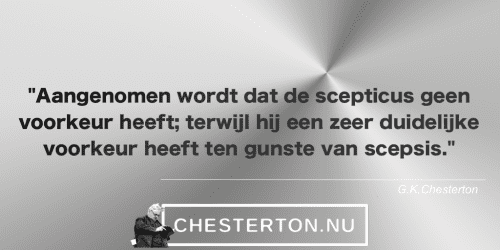
My First Chesterton
Een bijdrage van: Hans de Witte Eigenlijk was ik niet eens zo’n traditionele christen. De ideeën en beelden die ik had bij het hoe en waarom van God en Jezus waren alleen wat algemeen, wat ongevormd. Alsof ik met een waarheid leefde die her en der wat blanco was. In

 Welkom bij Chesterton.Nu op ZinVolZin, een unieke ruimte waar we de tijdloze wijsheid, gedachten en werken van G.K. Chesterton onder de loep nemen. Chesterton, een veelzijdige schrijver, filosoof en christelijk apologeet, blijft een inspiratiebron voor velen dankzij zijn scherpe inzichten en meeslepende verhalen.
Welkom bij Chesterton.Nu op ZinVolZin, een unieke ruimte waar we de tijdloze wijsheid, gedachten en werken van G.K. Chesterton onder de loep nemen. Chesterton, een veelzijdige schrijver, filosoof en christelijk apologeet, blijft een inspiratiebron voor velen dankzij zijn scherpe inzichten en meeslepende verhalen.


























